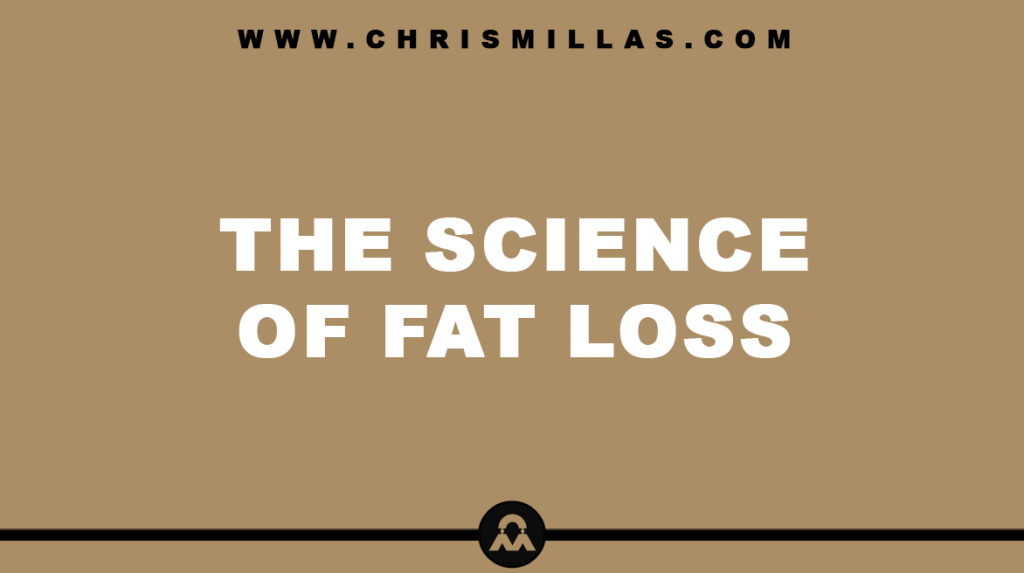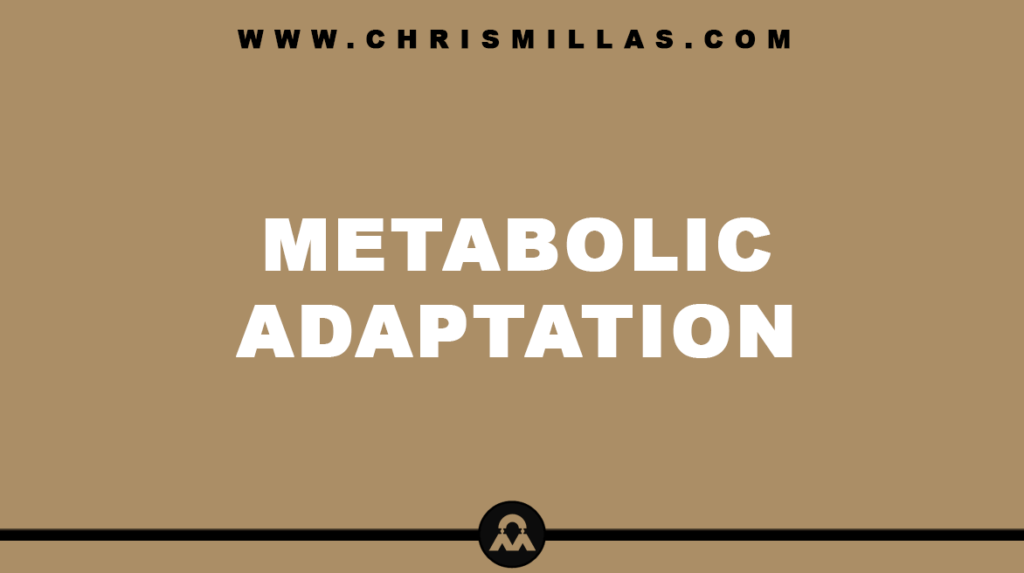In this post, we’ll unpack all you need to know about fat loss, explaining the science behind it, the three stages of fat loss, the relationship between metabolism and fat loss, effective strategies and more.
Before We Begin…
Despite the criticism that it gets, it is important to understand that a certain amount of fat is absolutely necessary to your health, well-being and ultimately your survival. Consider the following:
- Brain cells are sheathed in a substance called myelin, which is made of fat.
- Fat is used for producing warmth, insulating organs and signalling the immune system.
- Fat produces a hormone called leptin that allows the brain to regulate appetite.
- Fat enhances the size and function of the brain.
- Fat influences sexual maturation, menstruation and pregnancy.
- Fat helps sustain bodily functions during sickness and recovery.
However, as the saying goes, too much of anything can kill you and the same applies to fat. Obesity is associated with higher rates of death. With this in mind, let’s look at the mechanics of fat and fat loss.
The Science Of Fat Loss
To understand the science of fat loss, we must first understand the science of heat and heat transfer.
Humans have no way to capture the sun’s energy directly. However, plants can in combination with carbon dioxide and water which creates hydrated carbon ― more commonly known as carbohydrate. Thus:
- Plants grow as a consequence of the sun, air, soil and water.
- Humans grow by consuming plants in the form of carbohydrates, proteins and fats.
- Carbohydrates, proteins and fats supply units of heat energy referred to as calories.
- Calories are stored in the body primarily as fat cells.
- Fat cells are used to power the body which generates heat known as thermogenesis.
- Heat is released via sweat, urine and carbon dioxide to plants and the environment.
- The cycle repeats.
In short: Heat = Calories = Fat = Energy = Heat
A calorie is the amount of heat it takes to raise the temperature of one litre of water by one degree centigrade. Therefore, a calorie is a unit of temperature measure. It is used to express the energy value of food or the energy required by the body to perform a given task.
Using this knowledge, we can reason that:
- To Decrease Fat: Heat out must be more than heat in.
- To Maintain Fat: Heat out must be equal to heat in.
- To Increase Fat: Heat out must be less than heat in.
Therefore, the key to fat loss is to ultimately consume less calories than you are expending (or expend more calories than you are consuming) which creates a calorie deficit.
The 3 Stages Of Fat Loss
The process of fat loss involves three stages: lipolysis, mobilisation and oxidation.
- Lipolysis Lipolysis involves the breaking down of fat into more usable energy sources.
- Mobilisation Mobilisation involves the transportation of fat through the bloodstream to the target cells to be used as energy.
- Oxidation Oxidation involves the burning up of fat by converting it into usable energy. Fat must be both mobilised and oxidised. If it is just mobilized then it can return to fat.
All three stages of this process must be completed for fat loss to occur. The nervous system encourages this process through the release of adrenaline.
Fat Loss & Metabolism
Metabolism refers to the chemical processes that occur in order to maintain life. As a consequence, we all have what is known as a Base Metabolic Rate (BMR) which refers to the number of calories the body needs to maintain basic functions at rest.
The higher your Base Metabolic Rate, the more calories your body burns. The lower your Basal Metabolic Rate, the less calories your body burns.
6 Effective Strategies To Maximise Fat Loss
Below are six simple yet effective strategies for maximising fat loss.
- Sleep: Studies show that at least 50% of fat loss occurs during sleep.
- Gut Microbiome: Optimising your gut microbiome with fiber, probiotics and fermented foods can increase metabolism.
- Shivering: Shivering increases body heat which in turn burns fat, of which studies show increases by 20-30%.
- NEAT: Non-subtle movements trigger adrenaline which stimulates the mobilization of fat which is then oxidised at higher rates.
- Caffeine: Drinking up-to 400mg of caffeine 30-60 minutes before workout triggers the release of adrenaline which stimulates the mobilization of fat which is then oxidised at higher rates.
- Mindset: Studies show that simply having the belief that exercise and movement can improve fat loss does indeed lead to increased fat loss.
Fat Loss & Cardio
One way to increase calorie expenditure is through cardiovascular training, defined as any type of exercise that raises your heart rate for a prolonged period of time.
However, the body is an adaptation machine. It adapts quickly to routine. Thus, to ensure you can sustain fat loss it is recommended that you:
- Switch up the frequency, intensity and duration of your cardio.
- Cross train with different muscle movements and range of motion using different equipment.
- Separate cardio from weight training.
- Do cardio while in a fasted state which burns more body fat.
- Do cardio after a weight training program and not before.
- Allow time to recover.
The Body Adapts
The body is an adaptation machine ― it’s constantly trying to maintain homeostasis. Consequently, the body will adjust its total energy expenditure over time based on physical activity.
For example, if you decide to start running one mile every day, you will burn more calories initially, but eventually it will level off. Your body will adapt to this change in physical activity and adjust its energy expenditure accordingly.
Therefore, despite the health benefits of exercise, its effect on weight loss seems to be limited by evolution. Research shows that changes in diet and Non-Exercise Activity Thermogenesis seem to be more effective.
The Maths
It is generally accepted that one kilogram of fat is the equivalent of 7,700 calories. Therefore, burning one kilogram of fat requires a calorie deficit of 7,700.
It is important to remember that this will vary from person to person, depending on factors such as basal metabolic rate, level of physical activity and diet.
Summary
Fat is a result of stored units of heat energy in the body referred to as calories. Thus, fat loss is ultimately the result of increasing heat energy.
The three stages of fat loss are lypolisis which breaks down fat, mobilisation which transports fat and oxidation which burns fat.
The key to fat loss is to consume less calories than you are expending, creating a calorie deficit.
Strategies for maximising weight-loss include improving sleep, optimising one’s gut microbiome, shivering, non-exercise thermogenic activity, consuming caffeine and having the right mindset.







